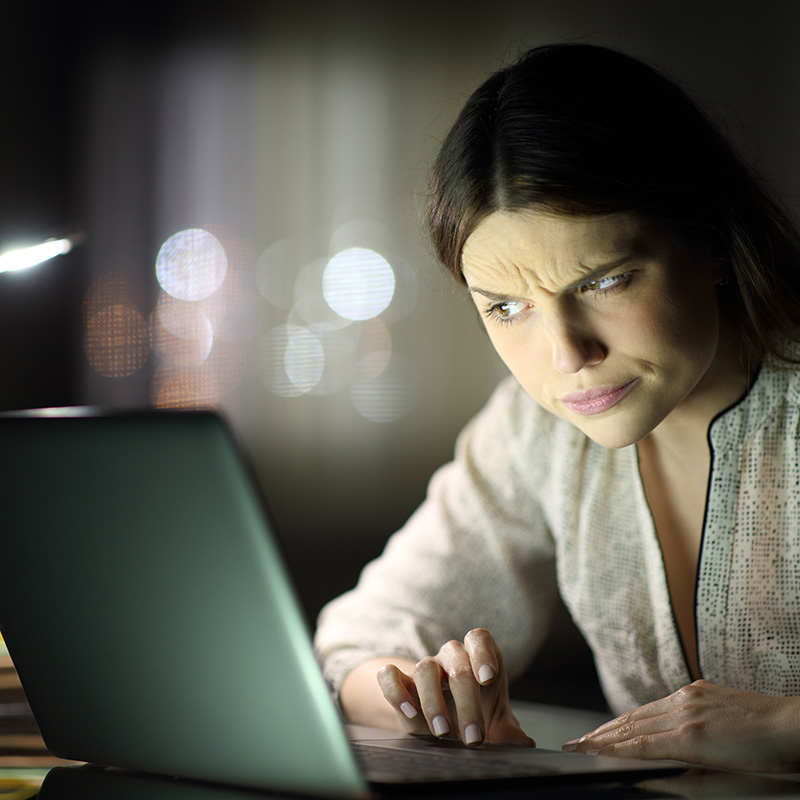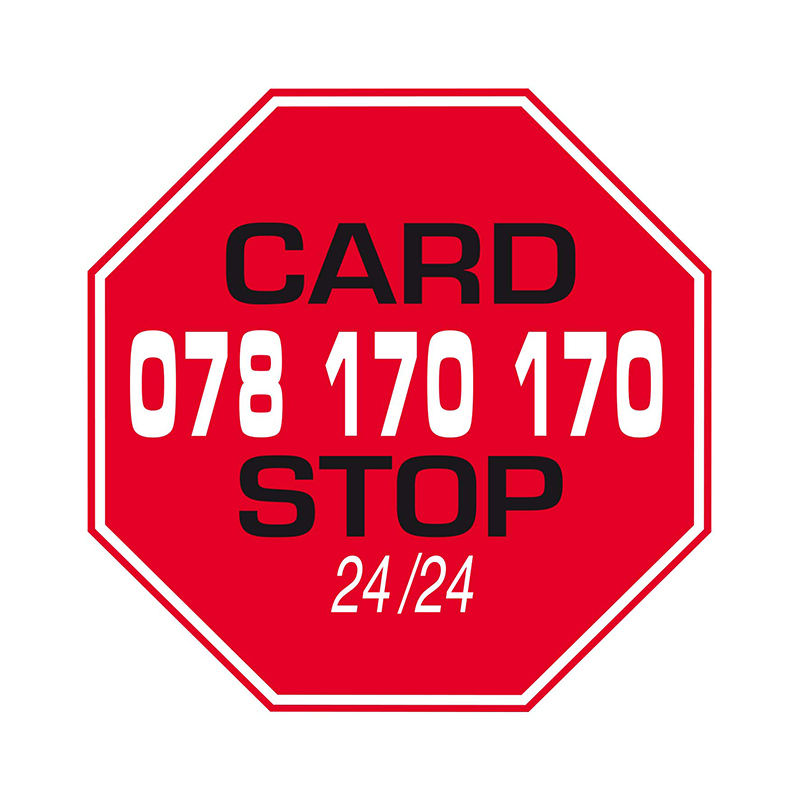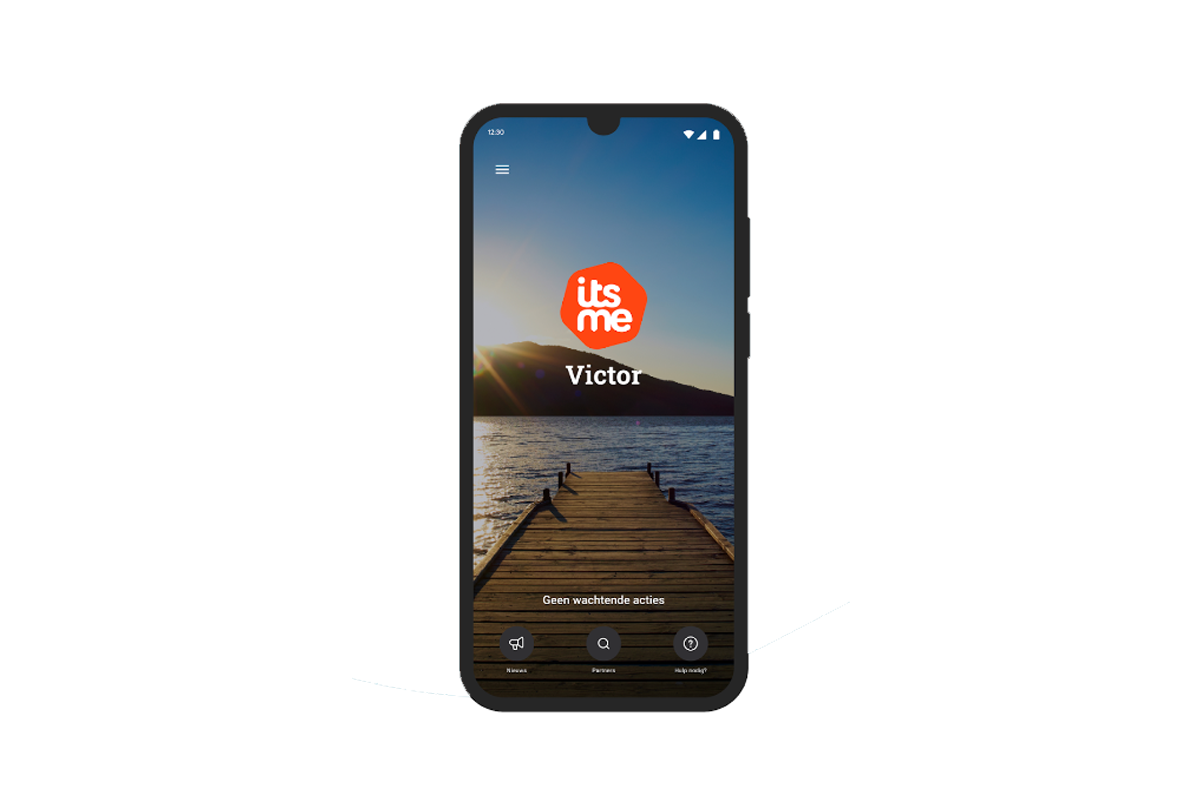- First of all, do not click in the mail or reply to the message. Certainly do not pass on any information.
- If this is from a sender who is in your doccle, log in and in the case of an invoice, check the presence and payment status of this invoice.
- If the invoice is already paid or not in your doccle account at all, inform the following authorities:
– The usual sender of your invoice: doccle via community@doccle.be and possibly the company that was mentioned in the mail.
– The bank(s) mentioned in the message to make the payment.
– The public service Febelfin via verdacht@safeonweb.be
Phishing or not? If it’s in your Doccle, it’s safe!
If you want to be sure that you will never be a victim of invoice phishing, it is best to view your invoice through doccle. No fraudster can post a fake invoice in doccle. They can, however, easily fake emails from your suppliers with payment buttons.
So create a doccle account and connect to all your suppliers so that your invoices show up in your doccle account. That way you will be better protected against phishing.
A little more explanation :
We regularly receive emails, text messages or social media messages trying to trick us into getting money or personal data? This is called phishing.
Last month, 39% of Belgians received a phishing message. In 2019, an average of 30 Belgians fell into the trap every day.
So how do you know if it’s a real message or a phishing message? And what should you do if you think you’ve received a phishing email?

How do “phishers” operate?
Phishing is often done through emails. But in addition, data such as your password or bank card PIN are often requested via text message or social media. These, too, are forms of phishing.
Phishers meticulously recreate the emails from companies in terms of form, language and layout to appear as real as possible. These mails refer to an unpaid invoice or ask for your (pin) code or password.
If you receive a suspicious e-mail or text message and you comply with the request, your money or your data will be transferred to the fraudsters.

How can you recognize a phishing email?
LAY-OUT: There is no conclusive rule when an e-mail is intended to be malicious or not. Be sure to pay close attention to the appearance of the mail. Often the mails are drafted by foreign-language speakers so there are sometimes mistakes. Also, images, such as logos, sometimes look a bit odd.
SUBJECT: Know that your banks or trusted organizations never ask you for passwords or codes. As soon as a code or password is requested, an alarm bell should ring. Common excuses include needing your code to renew your bank card, an update to your app, or a reminder invoice with a link to a banking app….
SENDER: If you get an email through a different channel, than you are used to, there is also a chance that it is phishing. If you get your invoices from a certain organization normally through doccle, and suddenly you get a mail anyway. Then simply check to see if this invoice is in your doccle. If it is not, then you may assume it is phishing. By the way, all mails from doccle are sent from the community@doccle.be address.
What should I do if I think I have received a phishing email?
Above all, remember that fraudsters are very creative and always come up with different techniques or excuses and, in the meantime, are already making fewer language or spelling mistakes. So always be on your guard!
How can I avoid phishing?
Be especially alert to any message (email, text message,…) asking for your information and remember these basic rules:
- Never give out your PIN or codes to do online banking via email, social media, text message or phone.
- Ignore any message that links you to your bank’s payment site or app.
- Always type a website’s address into your browser yourself. This goes double for your bank’s website. Or open your bank’s app yourself.
Connect with as many companies as possible through Doccle.
If an invoice is in Doccle, it’s a real invoice.Many large and small companies send their invoices via Doccle. The invoices end up in your personal account. Then, if possible, pay them via doccle as well. If you want to check afterwards whether it has already been paid, you can easily see this via the payment status.

Help!!! I became a victim of phishing after all.
- Then block your bank card immediately by calling CARDSTOP 070 344 344. Once you have requested the blocking, you are no longer liable: no more payments or cash transactions can be carried out. When using internet banking, change your PIN as soon as possible.
- Then notify your bank immediately so that they can create a phishing file.
- File a complaint with the police. They will draw up a PV that you will need to recover any damages incurred.



